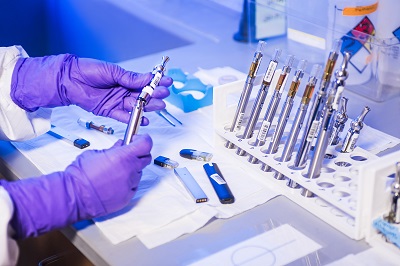The Therapeutic Goods Administration (TGA) registration of Class IIb medical devices in Australia is a regulatory process that ensures these devices meet safety and efficacy standards before they can be marketed. Class IIb devices typically include moderate to high-risk devices such as long-term implants and certain surgical instruments.
Overview of TGA Registration for Class IIb Medical Devices
Classification: Class IIb devices have a higher risk profile and require more stringent scrutiny compared to lower classes. Examples include heart valves, orthopedic implants, and certain types of diagnostic imaging devices.
Essential Principles: Devices must comply with the Essential Principles set out in the Therapeutic Goods Act, which cover safety, performance, quality, and labeling.
Steps to Apply for TGA Registration of Class IIb Medical Devices
Here’s a step-by-step guide to the application process:
1. Confirm Classification
- Verify that your device is correctly classified as Class IIb according to the TGA guidelines. You can consult the TGA’s Classification of Medical Devices guidance document.
2. Conduct a Conformity Assessment
- A conformity assessment is necessary to demonstrate compliance with the Essential Principles. This can be done through:
- Self-assessment (if applicable).
- Assessment by a TGA-approved Conformity Assessment Body (CAB) if the device is complex or high-risk.
3. Prepare Documentation
- Assemble the necessary documentation, which may include:
- Device description and specifications.
- Quality management system (QMS) documentation (e.g., ISO 13485 certification).
- Clinical evidence supporting the safety and efficacy of the device.
- Risk management files.
- Labeling and Instructions for Use (IFU).
4. Create a Technical File
- Develop a comprehensive technical file that includes:
- Evidence of compliance with the Essential Principles.
- Clinical data and any relevant testing results.
- Quality assurance documents.
5. Submit an Application via TGA Business Services
- Log in to the TGA Business Services (TBS) portal and submit a medical device application (MDAN).
- Fill out the application form and upload all relevant documentation.
6. Pay the Application Fee
- Pay the applicable fees associated with your application. The fee structure is available on the TGA website.
7. TGA Assessment Process
- The TGA will review your application, which may include:
- Document reviews.
- Requests for additional information or clarification.
- Evaluation of clinical evidence and risk management.
8. Approval and Listing
- Once the TGA is satisfied that the device meets all requirements, it will grant approval and your device will be listed in the Australian Register of Therapeutic Goods (ARTG).
9. Post-Market Obligations
- After approval, you must comply with ongoing post-market surveillance and reporting obligations, including:
- Monitoring device performance.
- Reporting adverse events.
Additional Resources
- TGA Website: The TGA provides detailed guidance, forms, and resources for medical device applications.
- Guidance Documents: Review specific guidance documents related to Class IIb devices for more in-depth information.
Conclusion
Registering a Class IIb medical device with the TGA is a structured process that requires careful documentation and adherence to regulatory standards. It is advisable to consult regulatory professionals or legal experts in the medical device field to ensure compliance and facilitate a smoother application process.

Contact Us:
Whatsapp or Wechat:+86 15816864648;email address:hito.lin@grzan.cn
.png)
.jpg)
.png)

.png)